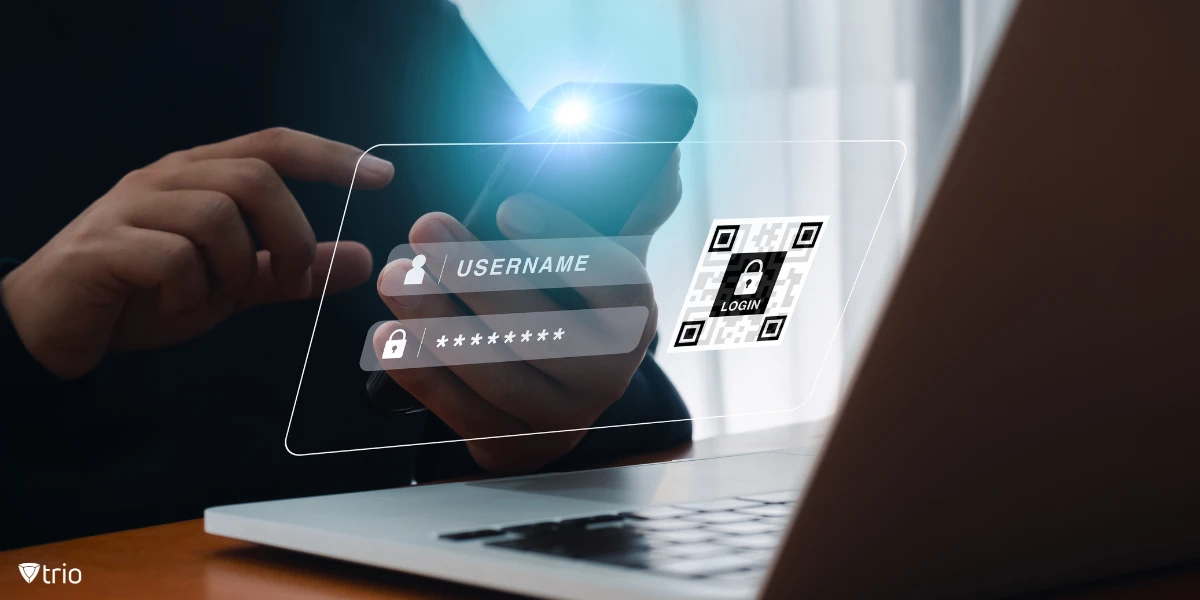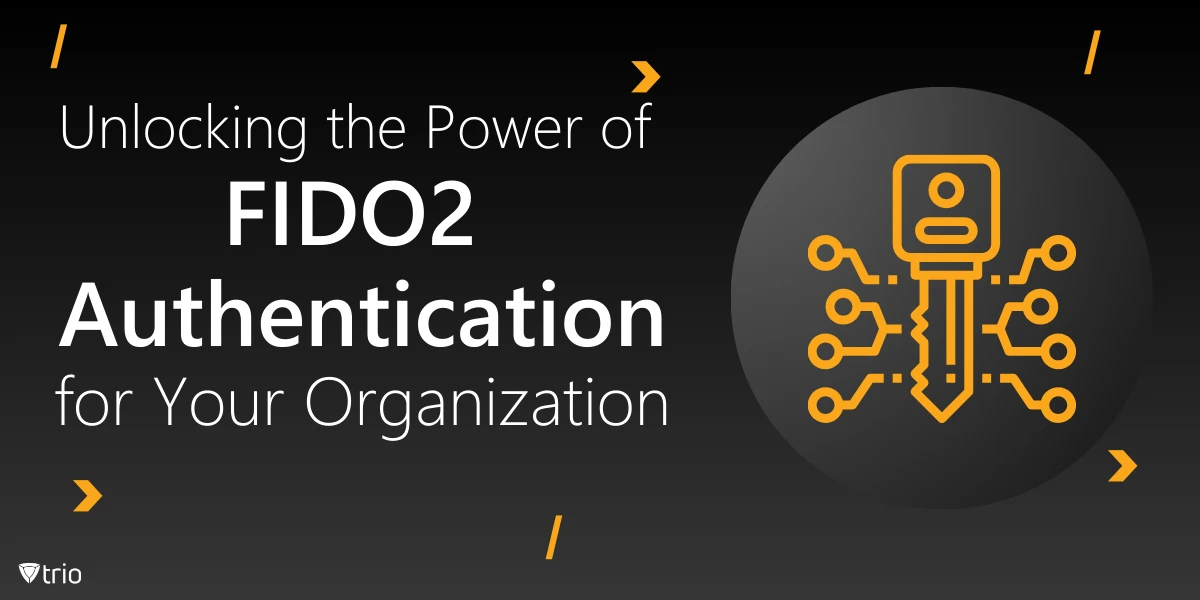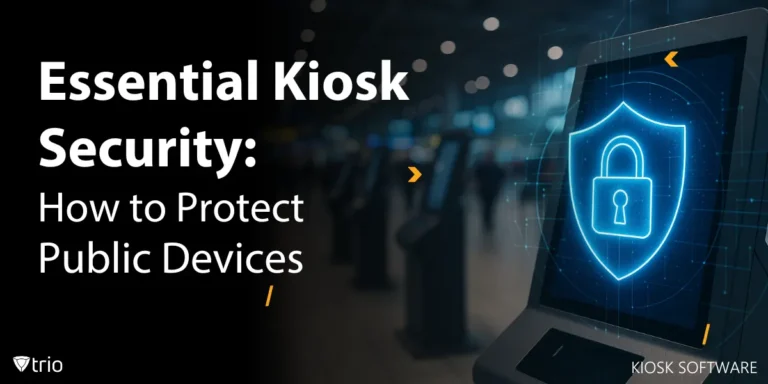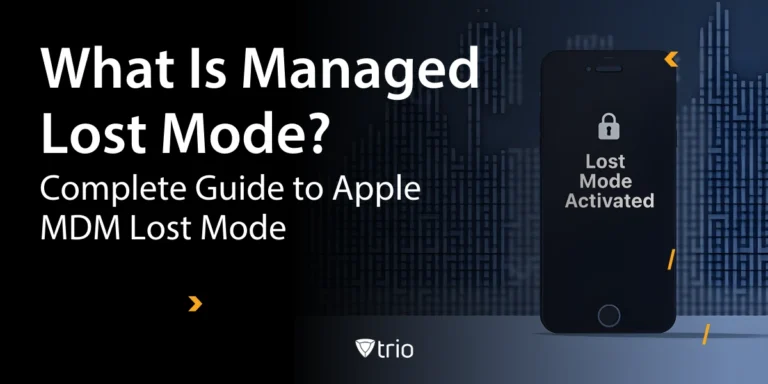Securing your organization's data and resources is more critical than ever. With cyber threats evolving at an unprecedented rate, traditional authentication methods are no longer sufficient. However, FIDO2 Authentication – a game-changing technology - promises to revolutionize the way we approach online security. In this comprehensive guide, we'll explore the ins and outs of FIDO2 Authentication and how it can benefit your organization.
Understanding FIDO2 Authentication
FIDO2 (Fast Identity Online 2.0) is an open authentication standard developed by the FIDO Alliance and the World Wide Web Consortium (W3C). It aims to provide a secure, passwordless authentication method that is both user-friendly and resistant to phishing attacks.
The FIDO2 Authentication Flow
The FIDO2 authentication flow is designed to be simple yet robust. Here's a brief overview of how it works:
- The user initiates the login process on a website or application.
- The server sends a challenge to the client.
- The client prompts the user to authenticate using their FIDO device.
- The user completes the authentication (e.g., by touching a security key or using biometrics).
- The client sends the signed response back to the server.
- The server verifies the response and grants access if valid.
This streamlined process eliminates the need for passwords while providing a higher level of security.

The Benefits of FIDO2 Passwordless Authentication
Implementing FIDO2 passwordless authentication in your organization offers numerous advantages:
- Enhanced Security: By eliminating passwords, you remove one of the most common attack vectors for cybercriminals.
- Improved User Experience: Users no longer need to remember complex passwords or go through cumbersome password reset processes.
- Reduced IT Costs: With fewer password-related issues, your IT support team can focus on more critical tasks.
- Compliance: FIDO2 can help your organization meet various regulatory requirements for strong authentication.
FIDO2 Platform Authenticator vs. FIDO2 Software Authenticator
When implementing FIDO2 authentication, you have two main options for authenticators:
FIDO2 Platform Authenticator
A FIDO2 platform authenticator is built into the device itself. Examples include:
- Windows Hello on Windows 10 devices
- Touch ID on Apple devices
- Fingerprint sensors on Android smartphones
Platform authenticators offer a seamless user experience as they're integrated directly into the device's hardware.
FIDO2 Software Authenticator
A FIDO2 software authenticator is a separate application that can be installed on a device. These authenticators can be used across multiple devices and platforms. Examples include:
- Google Authenticator
- Authy
- YubiKey Authenticator
Software authenticators provide flexibility but may require additional setup steps for users.
FIDO2 Authentication Options
FIDO2 offers various authentication options to suit different organizational needs:
- Biometrics: Fingerprint, facial recognition, or voice authentication.
- Security Keys: Physical USB, NFC, or Bluetooth devices.
- Mobile Devices: Using smartphones as authenticators.
- Smart Cards: For organizations with existing smart card infrastructure.
The flexibility of FIDO2 authentication options allows you to choose the method that best fits your security requirements and user preferences.
Implementing FIDO2-Based Multifactor Authentication
While FIDO2 can be used as a single-factor authentication method, combining it with other factors creates a robust multifactor authentication (MFA) system. Here's how you can implement FIDO2-based multifactor authentication:
- Something You Have: The FIDO device (e.g., security key or smartphone).
- Something You Are: Biometric data (e.g., fingerprint or facial recognition).
- Something You Know: An optional PIN or pattern for added security.
By combining these factors, you create a highly secure authentication system that is extremely difficult for attackers to compromise.
Choosing the Right FIDO Device for Your Organization
Selecting the appropriate FIDO device is crucial for successful implementation. Consider the following factors:
- Compatibility: Ensure the device works with your existing systems and applications.
- User Experience: Choose devices that are easy for your employees to use.
- Security Level: Select devices that meet your organization's security requirements.
- Cost: Balance the cost of the devices with your budget and security needs.
Popular FIDO devices include YubiKeys, Google Titan Security Keys, and Feitian ePass FIDO-NFC Security Keys.
FIDO Authentication Example: A Real-World Scenario
Let's walk through a FIDO authentication example to illustrate how it works in practice:
- Sarah, an employee at TechCorp, wants to access the company's CRM system.
- She navigates to the login page and enters her username.
- Instead of a password field, Sarah sees a prompt to use her FIDO device.
- Sarah inserts her YubiKey into her laptop's USB port and touches the sensor.
- The FIDO2 authentication process occurs in the background, verifying Sarah's identity.
- Within seconds, Sarah is granted access to the CRM system without ever entering a password.
This example demonstrates the simplicity and security of FIDO2 authentication from the user's perspective.

Overcoming Challenges in FIDO2 Implementation
While FIDO2 offers significant benefits, there are some challenges to consider:
- User Education: Employees may need training on using FIDO devices.
- Device Management: Implementing processes for issuing, revoking, and replacing FIDO devices.
- Legacy System Compatibility: Some older systems may not support FIDO2 authentication.
- Cost: Initial investment in FIDO devices and infrastructure upgrades.
By addressing these challenges proactively, you can ensure a smooth transition to FIDO2 authentication.
The Future of FIDO2 Authentication
As more organizations recognize the benefits of passwordless authentication, FIDO2 is poised for widespread adoption. Future developments may include:
- Increased integration with Internet of Things (IoT) devices
- Enhanced biometric capabilities
- Improved cross-platform compatibility
- Broader support from major technology vendors
By embracing FIDO2 authentication now, your organization can stay ahead of the curve and benefit from these future advancements.
Enhancing FIDO2 Implementation with Trio MDM
As organizations look to implement FIDO2 authentication, having the right tools and support can make all the difference. This is where Trio MDM comes in – a comprehensive solution designed to streamline and enhance your FIDO2 authentication journey.
How Trio MDM Supports FIDO2 Authentication
Trio MDM offers a range of features that complement and enhance FIDO2 implementation:
- Device Management: Easily manage FIDO2 devices across your organization, including distribution, revocation, and replacement.
- User Enrollment: Streamline the process of enrolling users into your FIDO2 authentication system.
- Integration Support: Trio MDM helps integrate FIDO2 authentication with your existing systems and applications, ensuring a smooth transition.
- Monitoring and Reporting: Get real-time insights into your FIDO2 authentication usage and performance.
- Security Policies: Implement and enforce FIDO2-related security policies across your organization.
Benefits of Using Trio MDM for FIDO2 Authentication
By leveraging Trio MDM for your FIDO2 implementation, you can:
- Reduce implementation time and costs
- Improve user adoption rates
- Enhance overall security posture
- Simplify ongoing management and support
Try Trio MDM Today
Ready to take your FIDO2 authentication to the next level? Trio MDM offers a free demo that allows you to experience firsthand how our solution can benefit your organization. Don't miss this opportunity to see how Trio MDM can simplify your FIDO2 implementation and management. Sign up for Trio MDM's free demo today and unlock the full potential of FIDO2 authentication for your organization!
Conclusion
FIDO2 Authentication represents a significant leap forward in online security. By implementing this technology, your organization can enhance its security posture, improve user experience, and reduce IT costs associated with password management.
As cyber threats continue to evolve, adopting FIDO2 authentication is not just a smart choice – it's becoming a necessity. Take the first step towards a passwordless future and unlock the power of FIDO2 authentication for your organization today.
Remember, the journey to passwordless authentication may seem daunting, but the benefits far outweigh the challenges. With careful planning and implementation, FIDO2 can transform your organization's approach to security and set you on the path to a more secure digital future.
Get Ahead of the Curve
Every organization today needs a solution to automate time-consuming tasks and strengthen security.
Without the right tools, manual processes drain resources and leave gaps in protection. Trio MDM is designed to solve this problem, automating key tasks, boosting security, and ensuring compliance with ease.
Don't let inefficiencies hold you back. Learn how Trio MDM can revolutionize your IT operations or request a free trial today!





